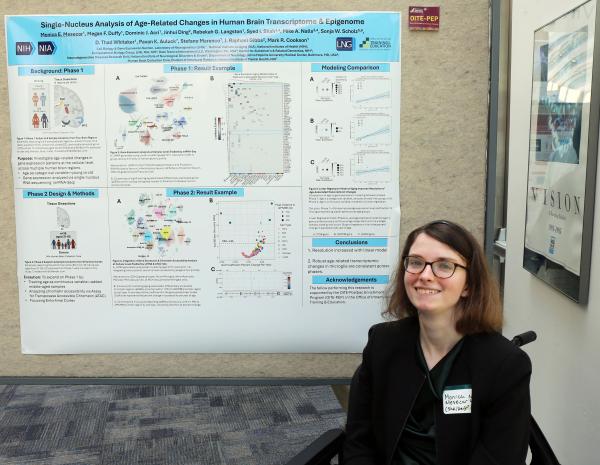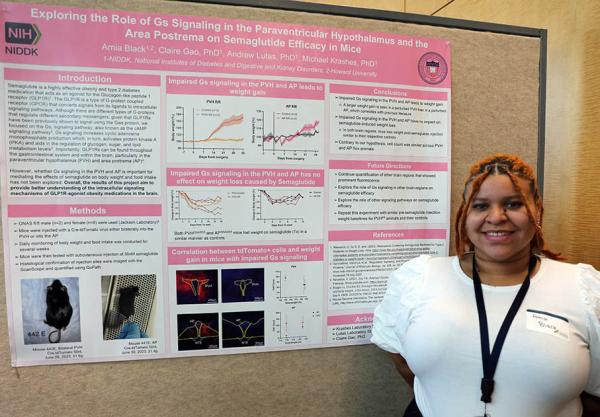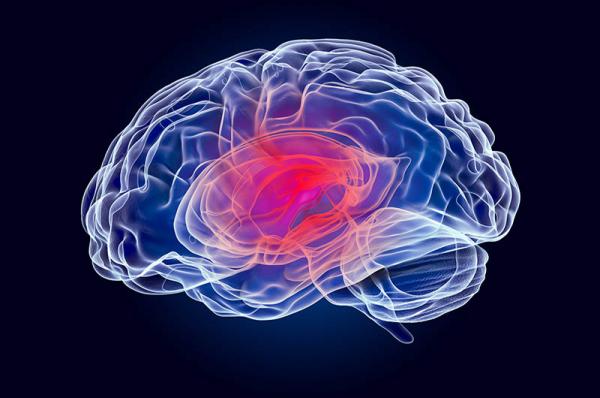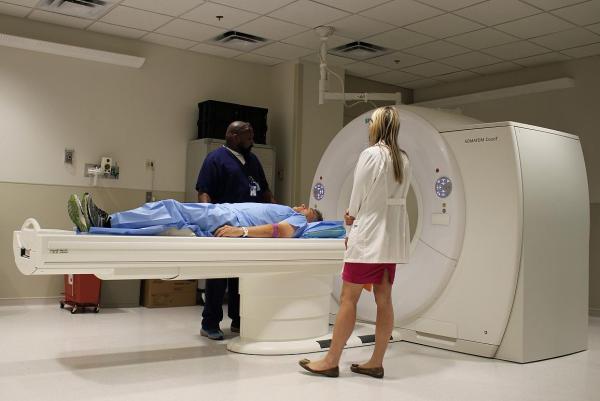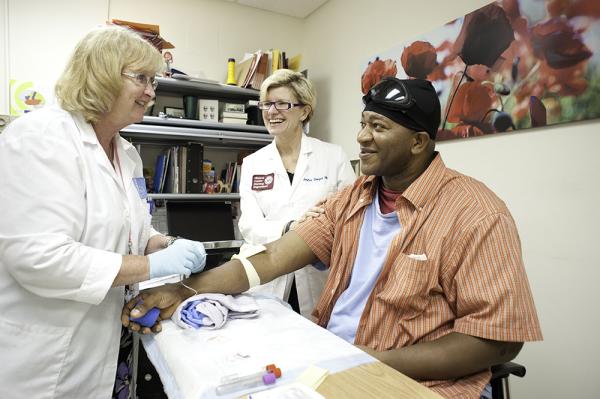Targeting Tuberculosis
IRP’s Clifton Barry Seeks Novel Therapies for an Ancient Foe
March 24 is World Tuberculosis Day, a day to remember that a preventable and curable disease still kills more than a million people each year. Despite every effort to eradicate it, the disease-causing bug, Mycobacterium tuberculosis, keeps coming back stronger and more ready for a fight. As varieties of the bacteria grow more and more resistant to treatment, an evolutionary war is raging between the bacterium and researchers like IRP senior investigator Clifton Barry, Ph.D., who has been seeking solutions for the past 33 years.


